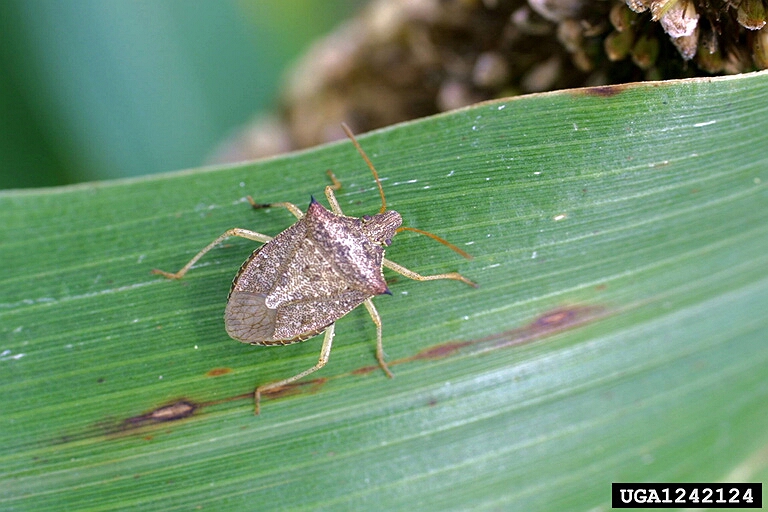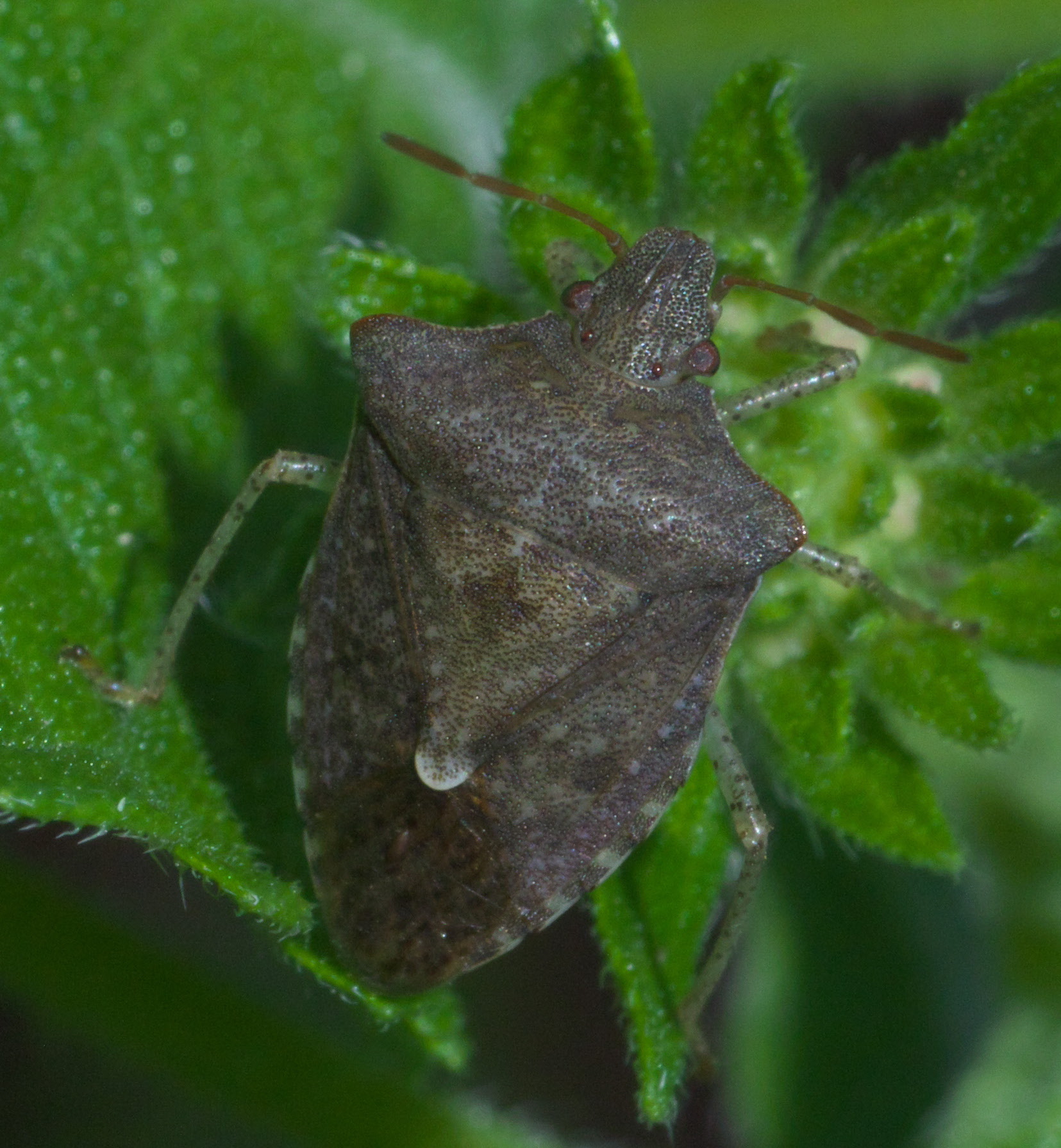|
Euschistus Quadrator
''Euschistus quadrator'' is a species in the family Pentatomidae ("stink bugs"), in the order Hemiptera ("true bugs, cicadas, hoppers, aphids and allies"). The distribution range of ''Euschistus quadrator'' includes Central America Central America ( es, América Central or ) is a subregion of the Americas. Its boundaries are defined as bordering the United States to the north, Colombia to the south, the Caribbean Sea to the east, and the Pacific Ocean to the west. ... and North America. References Further reading * * Catalog of the Heteroptera, True Bugs of Canada and the Continental United States, Thomas J. Henry, Richard C. Froeschner. 1988. Brill Academic Publishers. * Henry, Thomas J., and Richard C. Froeschner, eds. (1988). ''Catalog of the Heteroptera, or True Bugs, of Canada and the Continental United States'', xix + 958. External links * Insects described in 1874 Pentatomini {{Pentatomidae-stub ... [...More Info...] [...Related Items...] OR: [Wikipedia] [Google] [Baidu] |
Pentatomidae
Pentatomidae is a family of insects belonging to the order Hemiptera, generally called shield bugs or stink bugs. Pentatomidae is the largest family in the superfamily Pentatomoidea, and contains around 900 genera and over 4700 species.Robert G. Foottit, Peter H. Adler ''Insect Biodiversity: Science and Society'', John Wiley and Sons, 2009, As hemipterans, the pentatomids have Hemiptera#Mouthparts, piercing sucking mouthparts, and most are herbivore, phytophagous, including several species which are severe pests on Agriculture, agricultural crops. However, some species, particularly in the subfamily Asopinae, are predatory and may be considered beneficial. Etymology The name "Pentatomidae" is from the Greek language, Greek ''pente'' meaning "five" and ''tomos'' meaning "section", and refers to the five segments of their antennae. Pentatomids are generally called "shield bugs" in British English language , English, or "stink bugs" in American English. However, the term shield bu ... [...More Info...] [...Related Items...] OR: [Wikipedia] [Google] [Baidu] |
Hemiptera
Hemiptera (; ) is an order (biology), order of insects, commonly called true bugs, comprising over 80,000 species within groups such as the cicadas, aphids, planthoppers, leafhoppers, Reduviidae, assassin bugs, Cimex, bed bugs, and shield bugs. They range in size from to around , and share a common arrangement of piercing-sucking Insect mouthparts, mouthparts. The name "true bugs" is often limited to the suborder Heteroptera. Entomologists reserve the term ''bug'' for Hemiptera or Heteroptera,Gilbert Waldbauer. ''The Handy Bug Answer Book.'' Visible Ink, 1998p. 1. which does not include other arthropods or insects of other orders such as Ant, ants, Bee, bees, Beetle, beetles, or Butterfly, butterflies. In some variations of English, all Terrestrial animal, terrestrial arthropods (including non-insect arachnids, and myriapods) also fall under the Colloquialism, colloquial understanding of ''bug''. Many insects with "bug" in their common name, especially in American English, belo ... [...More Info...] [...Related Items...] OR: [Wikipedia] [Google] [Baidu] |
Central America
Central America ( es, América Central or ) is a subregion of the Americas. Its boundaries are defined as bordering the United States to the north, Colombia to the south, the Caribbean Sea to the east, and the Pacific Ocean to the west. Central America consists of eight countries: Belize, Costa Rica, El Salvador, Guatemala, Honduras, Mexico, Nicaragua, and Panama. Within Central America is the Mesoamerican biodiversity hotspot, which extends from northern Guatemala to central Panama. Due to the presence of several active geologic faults and the Central America Volcanic Arc, there is a high amount of seismic activity in the region, such as volcanic eruptions and earthquakes which has resulted in death, injury, and property damage. In the pre-Columbian era, Central America was inhabited by the indigenous peoples of Mesoamerica to the north and west and the Isthmo-Colombian peoples to the south and east. Following the Spanish expedition of Christopher Columbus' ... [...More Info...] [...Related Items...] OR: [Wikipedia] [Google] [Baidu] |
Euschistus Quadrator09
''Euschistus'' is a genus of stink bugs in the family Pentatomidae. There are at least 20 described species in ''Euschistus''. Species * '' Euschistus acuminatus'' Walker, 1867 * ''Euschistus biformis'' Stål, 1862 * ''Euschistus comptus'' Walker, 1868 * ''Euschistus conspersus'' Uhler, 1897 – consperse stink bug * ''Euschistus crassus'' Dallas, 1851 * ''Euschistus crenator'' (Fabricius, 1794) * ''Euschistus eggelstoni'' Rolston, 1974 * ''Euschistus egglestoni'' Rolston, 1974 * ''Euschistus ictericus'' (Linnaeus, 1763) * ''Euschistus inflatus'' Van Duzee, 1903 * ''Euschistus integer'' Stål, 1872 * ''Euschistus latimarginatus'' Zimmer, 1910 * ''Euschistus obscurus'' (Palisot, 1817) – pale-lined stink bug * ''Euschistus politus'' Uhler, 1897 * ''Euschistus quadrator'' Rolston, 1874 * ''Euschistus servus'' (Say, 1832) – brown stink bug * ''Euschistus spurculus'' Stål, 1862 * ''Euschistus strenuus'' Stål, 1862 * ''Euschistus tristigmus'' (Say, 1832) – dusky stink bug * ''Eu ... [...More Info...] [...Related Items...] OR: [Wikipedia] [Google] [Baidu] |
Insects Described In 1874
Insects (from Latin ') are pancrustacean hexapod invertebrates of the class Insecta. They are the largest group within the arthropod phylum. Insects have a chitinous exoskeleton, a three-part body (head, thorax and abdomen), three pairs of jointed legs, compound eyes and one pair of antennae. Their blood is not totally contained in vessels; some circulates in an open cavity known as the haemocoel. Insects are the most diverse group of animals; they include more than a million described species and represent more than half of all known living organisms. The total number of extant species is estimated at between six and ten million; In: potentially over 90% of the animal life forms on Earth are insects. Insects may be found in nearly all environments, although only a small number of species reside in the oceans, which are dominated by another arthropod group, crustaceans, which recent research has indicated insects are nested within. Nearly all insects hatch from eggs. Insect ... [...More Info...] [...Related Items...] OR: [Wikipedia] [Google] [Baidu] |



